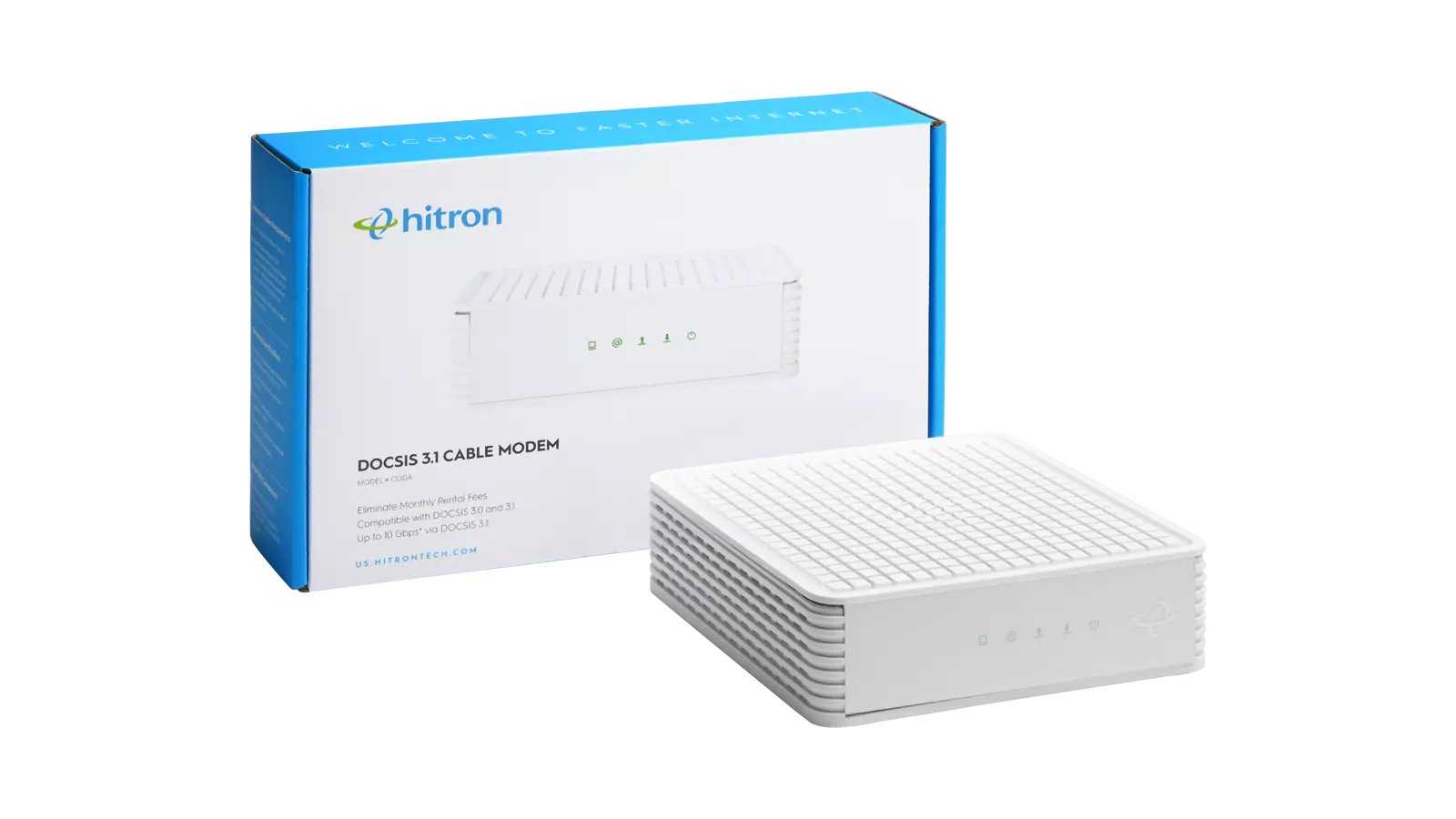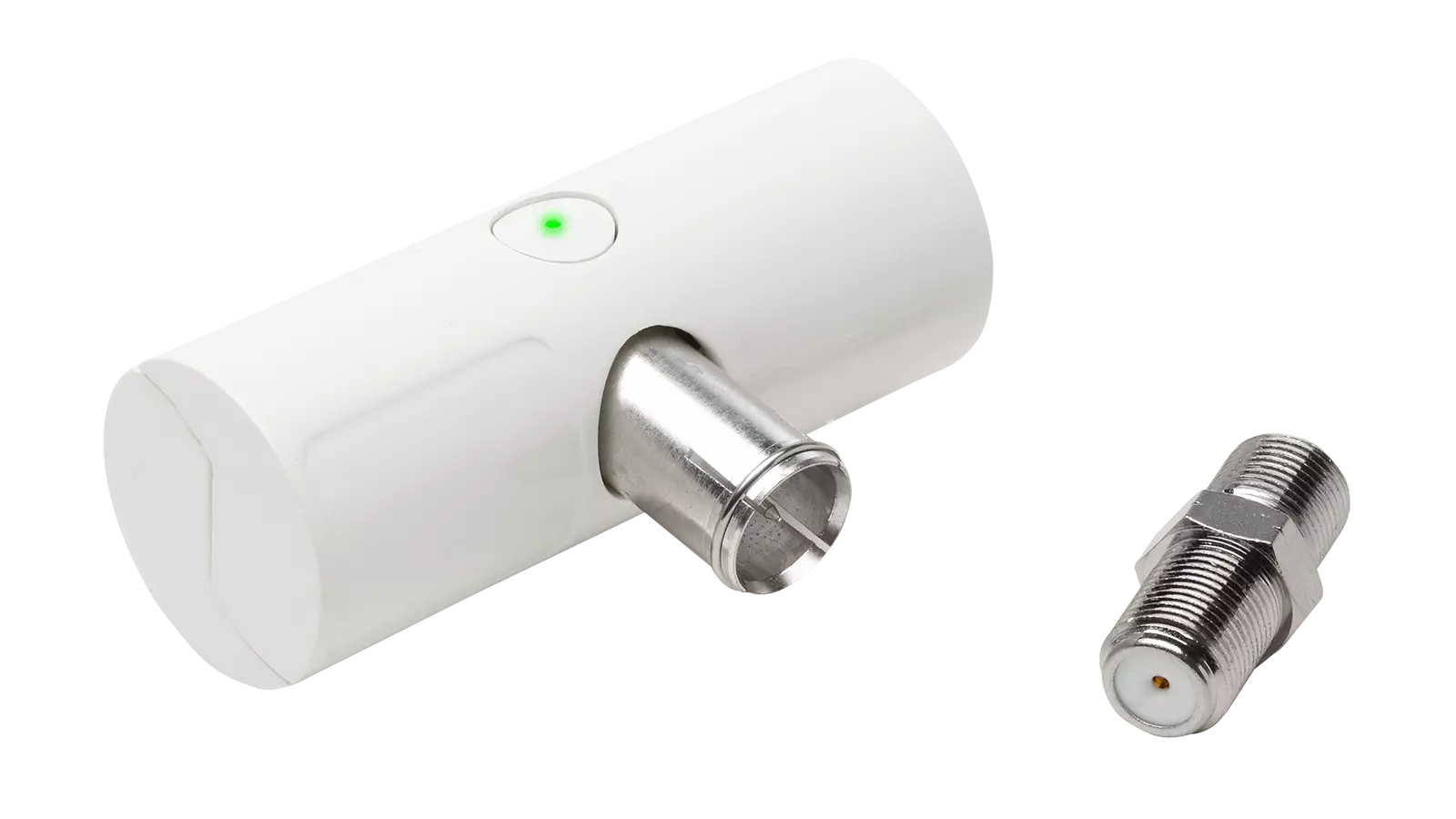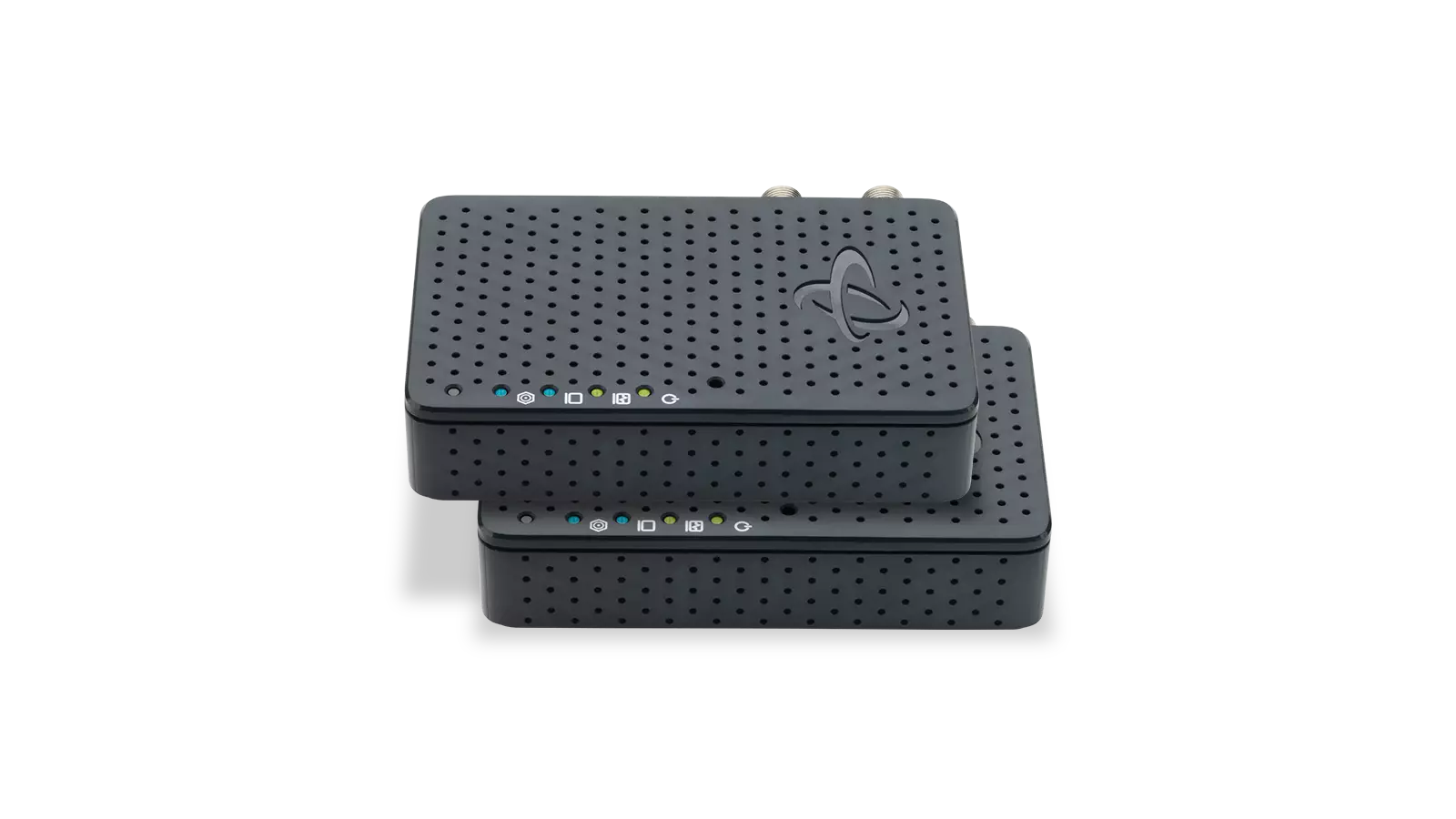Too much device traffic on one home Wi-Fi network leads to congestion which leads to slow Internet. That’s why modern cable modems have evolved to create more than one “lane” – or channel – to let that traffic through. This feature is called channel bonding. If you are looking to buy a cable modem or cable modem router, channel bonding needs to be one of your cable modem must-have features.
What is Channel Bonding?
Channel bonding is when a cable modem combines multiple channels to increase the amount of traffic that it can comfortably support. The best example for how channel bonding works is to look at a highway with heavy traffic.
Here is what we mean:
On a highway, there are multiple lanes to allow traffic through to reduce traffic jams. In this example, the lanes are a cable modem’s channels, and the traffic jam is buffering and lag when your modem isn’t performing fast enough. The traffic congestion happens because you don’t have enough lanes (channels) to let the cars (data) through.
You can prevent this issue from happening by getting a cable modem that has a higher amount of channel bonding. There are different amounts of channel bonding that your cable modem or cable modem router can have to boost your Internet speeds.
Different Amounts of Channel Bonding and How it Affects Speeds
Cable modems have downstream and upstream channels. These channels are what allow you to download and upload data. And the more channels you have, the faster you can do this.
Let’s return to the highway example:
A cable modem’s downstream and upstream channels are like the lanes going in and out of a city.
A cable modem with 1×1 channel bonding is like a two-lane highway with 1 lane going into the city and 1 lane going out. This means that there is 1 downstream channel and 1 upstream channel. This is the exact format for all channel bonding offerings. Here is a variety of DOCSIS 3.0 channel bonding you will come across:
- 4×4 = (4 downstream, 4 upstream)
- 8×4 = (8 downstream, 4 upstream)
- 16×4 = (16 downstream, 4 upstream)
- 24×8 = (24 downstream, 8 upstream)
- 32×8 = (32 downstream, 8 upstream)
So, a DOCSIS 3.0 cable modem with 32×8 channel bonding will theoretically get you 1.4 Gbps or 1400 Mbps (super-fast Wi-Fi). Whereas a 4×4 will only get you up to 712 Mbps. DOCSIS 3.1 channel bonding can get you even faster Wi-Fi speeds. See more about the channel bonding maximum theoretical speeds in the chart on this page.
Understanding channel bonding and how it affects your Internet speeds will help you determine what you need before buying your cable modem. And once you understand the speeds you can have, you’ll probably want the best.
Hitron’s cable modems and cable modem routers offer an array of DOCSIS 3.0 & 3.1 devices with channel bonding options from 8×4, 24×8, and 32×8 channels to suit your specific needs. Get faster, better Internet in your home with Hitron today.
Available on Amazon, Hitron’s CODA DOCSIS 3.1 Cable Modem delivers the fastest Multi-Gigabit speeds to your connected devices. Learn more about cable modems or cable modem routers by reading Hitron’s Learn Page.



